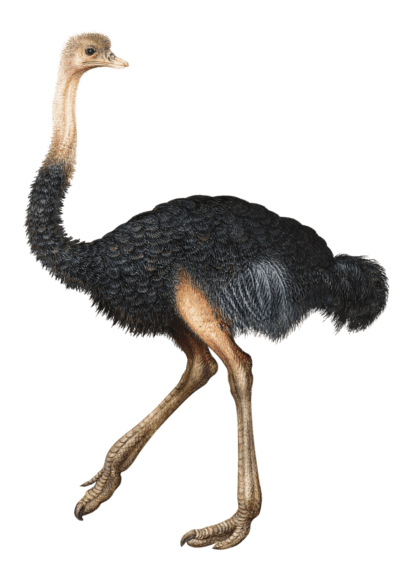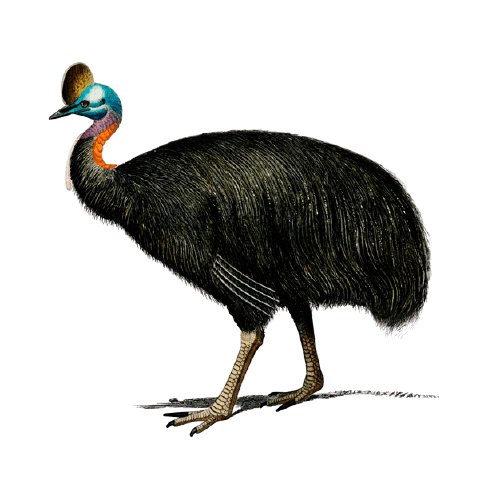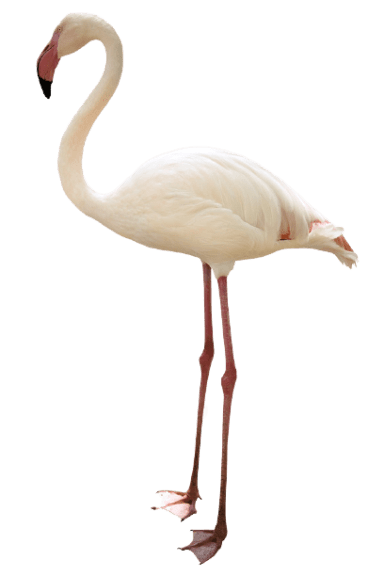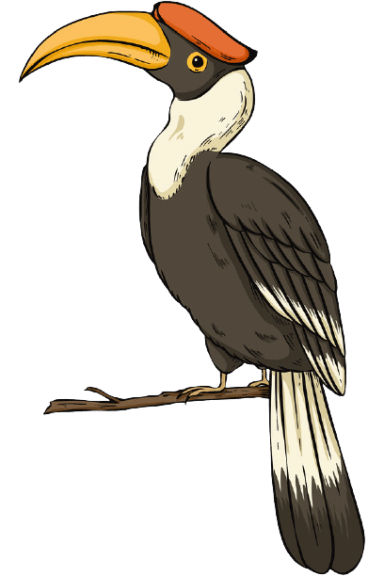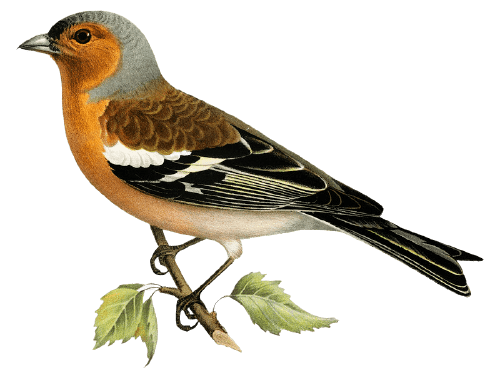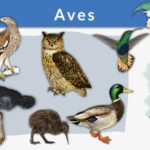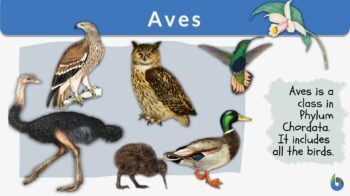
Aves
n., [ˈeɪviːz]
Definition: the class where birds belong
Table of Contents
Aves Definition
What are birds classified as? Birds constitute the class Aves of the kingdom Animalia. How to define Aves? In biology, Aves is a taxonomic class belonging to the phylum Chordata and subphylum Vertebrata. They are characterized by having the following features:
- wings and feathers
- laying eggs with a hard shell
- being bipedal
- having the ability to swim, walk, and perch,
- having a light and strong skeleton since its internal structure is similar to a honeycomb
- a heart consisting of four chambers
- flattened and large breastbone
- toothless lower jaw because teeth have been replaced by a beak
There are about 10,000 species of Aves worldwide occupying almost all earth’s habitats. Aves or the birds can build their nest, show courtship, have territorial behavior, and displays parental care. They have a wide variety of sizes ranging from a few centimeters (bee hummingbird) to meters (Ostrich).
Living species of the Aves class can adapt easily to the surrounding environment, so they have the ability to survive and reproduce in different places. The flying ability of Aves is improved due to modifications in the bird’s anatomy. For example, some organs are absent to reduce the weight of the bird during flying.
In addition to modifications that improve the flying ability, the most important adaptation mechanism in birds is the development of a wing. The wing provides the bird with the ability to fly as it has the same aerodynamics as an airplane. Some birds have evolved for swimming, these birds live in an aquatic environment especially waterbirds and seabirds.
Biology definition:
Aves is a taxonomic class of birds. The class belongs to the phylum Chordata (chordates). Some of their common features: oviparous reproduction, complete double circulation, wings (modified front limbs), feathers, and beak without teeth (except for some Mesozoic fossil birds that have conical teeth in both jaws).
Examples: ostriches, chickens, ducks, flamingos, grebes, pigeons, mesites, sandgrouse, bustards, cuckoos, turacos, rails, cranes, waders, hoatzin, swifts, hummingbirds, nightjars, tropicbirds, kagu, loons, albatrosses, penguins, storks, cormorants, pelicans, herons, vultures, hawks, owls, quetzals, hornbills, kingfishers, woodpeckers, seriemas, falcons, parrots, and passerines.
Birds are important members of several ecosystems. Many species feed on plants; others take their nutrition from rodents, earthworms, insects, or other tiny animals. On the other hand, birds provide meat and eggs that are used as food for humans and other animals. Various birds play an important role in the pollination process, thus, they help in the reproduction of plants. Birds are important for the economy; they are used in the manufacturing and production of food materials. Other species of birds, such as parrots and songbirds, are used as pets. Nowadays, many species of birds are extinct due to natural evolution or human illegal activities.
Birds are social; they communicate through calls, signals, songs, and signs. They participate in many activities including hunting, breeding, flocking, and identifying predators. Social species of birds pass their knowledge through generations. Aves reproduction usually takes place for one season or for years but they rarely breed for life. Birds lay eggs in a nest that is incubated by parents. The egg is fertilized by sexual reproduction to produce offspring. After hatching, most birds extend their parental care for a period of time.
Aves Characteristics
What distinguishes Aves from other classes? What does Aves mean? Aves is a class including members with several special characteristics and modified body parts that distinguish them from other species such as:
- Having feathers covering most of their bodies. The feather may either be a complete plumage or incomplete bristles. Feathers covering their spindle-shaped bodies help in reducing friction with air during flying and prevent the loss of heat. The complete fur covers all parts used while flying as well as other parts. While incomplete bristles consist of suspended plumule. The function of fur is to maintain body temperature, trick predators, help in flying, blend birds with their environment, attract other birds for breeding, and wrap the body.
- The two jaws of Aves lack teeth and they are modified into a beak. Characteristics of the beak of the bill differ from one species to another. For example, the size of the long beak is longer than the head of the bird. The short beak occurs when half of the bird’s size is shorter than its head. The shape of the beak differs too, as it can be associated when it is hooked because the longer upper part is curved over the bottom. A straight beak is when the beak line is straight. Other beaks include flat, toothed, and big marsupial beaks.
- Wings of Aves are modified from forelimbs. Wings differ among Aves species as they may be long, short, spherical, or pointy.
- Aves have flight muscles that are well-developed to help them during flying.
- Their limbs are modified so that they can walk, perch, wade, hop, grasp, and swim.
- They have scales on their lower limbs. Each foot usually contains four toes.
- Their endoskeleton contains pneumatic or ossified bones which are hollow long bones rich in air cavities to make their endoskeleton light and strong to facilitate flying.
- Their body structure is developed in a way that decreases air resistance during flying. Their lungs are small, elastic, and connected to air sacs to increase oxygen supplement.
- The skin of Aves is loose, thin, and dry due to the absence of sweat glands and other glands except for oil glands in the tail.
- Aves have sharp eyes.
- All Aves have a gizzard and crop in their alimentary canal to crush and soften the food. Aves that feed on seeds such as pigeons does not have a gallbladder.
- The circulatory system of birds has a heart composed of four chambers and elastic spongy lungs.
- Fingers of Aves are flat or lifting according to their point of attachment with hallux.
- Their kidney is the excretory organ; they do not have a urinary bladder. The excreted urine is semisolid.
- They have wide mouths and jaws. Their beaks are strong since they are covered by horny sheaths.
- They do not have teeth in their mouth so food is not masticated. Their beak is structurally modified. as a result, they have adapted to different feeding methods including scooping fruit, tearing fish, crushing seeds, sipping nectar, chiseling wood, and pickling grains.
- Their head is round and small connected to a flexible, long, and movable neck. Their head has relatively large eyes with sharp eyesight.
- Birds develop directly through internal fertilization. Mature females lay eggs and birds develop with the formation of four embryonic membranes known as the chorion, amnion, allantoin, and sac of yolk.
Aves – Classification of Birds

What is Aves classification? Class Aves belongs to Phylum Chordata. This class has two main subclasses. Archaeornithes are members of class Aves with a long tail covered by feathers and a toothed beak. Members of this class are extinct. They are mainly extinct primitive fossils of the Jurassic period’s birds. They had an elongated body that resembled reptiles with three digits having claws in their forelimb. They had small eyes and brains. They were less capable of flying since they had non-pneumatic bones. Archaeornithes subclass has only one order which is Archaeopterygiformes. Members of this order had long tails with a tapered end. They also had relatively large heads with large eyes and strong jaws with teeth. Their forelimbs had three digits with claws.
The other subclass is Neornithes, which are species with short tails and toothless jaws.
These subclasses have different orders categorized according to the special characters of each order’s members.
Most birds living in the meantime belong to the subclass Neornithes. Neornithes subclass contains about 10,000 living species of known birds worldwide. This subclass appeared in the Mesozoic era so it includes a few extinct species as well.
Neornithes species have wings modified from their forelimbs. Their sternum is well-developed. They have toothless jaws, but extinct species had teeth.
What are the presently extant (living) species of Aves? Which Orders of birds are they and what distinguishes one Order from the other?
Here are some orders along with some of their special characteristics.
| Different Orders of Birds | |
|---|---|
| Order | Description |
| Struthioniformes
| This group includes non-flying running Aves of about 2 meters in height. They are found in Arabia and Africa in lands including flocks of 3 to 20 members. They have strong legs without air chambers. Their tail and wing feathers are small and decorative since they cannot fly. They feed on any food. Their limbs are strong and each foot contains only two toes. For example, this order includes the ostrich. |
| Casuariformes
| This order includes non-flying Aves with short wings of about 1.7 meters high. Members of this order are found mainly in tropical regions.
|
| Apterygiformes
| This order has members with a beak in which a hole is found at its tip. Feathers shaped in this order are like hair. Their wings are either small or absent. They have an unusual breeding system and parental care is provided by the father during reproduction. |
| Procellariiformes
| This includes members usually living in the sea. They are characterized by having a layered tubular beak. This order includes four families containing about 117 species found all over the world. Their body size ranges from 13 to 200 cm. They have long, pointed, and narrow wings as well as long hooked tubular beaks. They have a rounded and short tail. During reproduction, they build nests on land in holes. |
| Ciconiiformes
| This group includes birds living in fields, tropical, and subtropical areas, but herons and storks are found in temperate areas. This order contains about 120 species included under five families. They have long legs with medium to large bodies and flexible long necks. They have sharp, long, and dagger-like bills or serrated-edged bills to help them in eating meat. They have short tails and large wings. They feed on small mammals, fish, aquatic animals, and rarely, fruits and seeds. During breeding, most of the species use tree sticks to build nests or may lay their eggs under bushes or in caves. An example of this order is flamingo. |
| Charadriiformes
| This order contains 370 species in 17 families. Members of this order are present in various habitats including aquatic regions, inshore, or near water. They are characterized by having dense plumage, long legs, and small or absent beaks. Most of these birds are carnivores, they feed on small animals in water or mud, invertebrates, or fish in shallow water. An example of species in this order is the seagull. |
| Anseriformes
| This order includes ducks, swans, and geese mainly. It has about 170 species in three families. They are characterized by having short modified legs for swimming, a wide beak, medium to a long neck, pointed and narrow wings, and a short tail. They inhabit lakes, ponds, or other sources of fresh water. Therefore, they are called waterfowl birds. They feed on plants and plant parts. |
| Falconiformes
| This order includes strong birds like eagles, hawks, and falcons. It contains 309 species in five families. They have short beaks, strong legs, hooked claws, sharp nails, and eyesight. |
| Galliformes
| This order includes 290 species in four families. They are characterized by the presence of a small, arched and strong beak, short wings, short feet, strong claws, small heads, and bright chest. They feed on seeds such as grains. Examples of this order are chicken and turkey; they are found all over the world. |
| Columbiformes
| This order includes birds with unique short beaks such as pigeons and doves. It contains 300 species in one family. They can fly fast using their pointed long wings. Their beaks are covered by soft skin, they have a functioning cache. They have a short bill, a small and compact head, and small legs. |
| Psittaciformes
| These birds feed on various sources of food such as nuts, seeds, flowers, fruits, insects, and buds. They can crack nuts using their curved and hooked beaks. The Psittaciformes such as cockatoo and parrots have loud voices and bright colors. They may have green, red, blue, or yellow plumage. Their head is large but they have a small neck. They have broad and pointed wings with variable tails in length and shape. |
| Strigiformes
| These birds such as owls can rotate their heads in a complete circular motion. These birds are active at night to search for food and other birds for mating. They have short and hooked beaks, a large head with a very flexible neck, sharp claws, large eyelids, and large ears. |
| Coraciiformes
| This order contains 211 species in ten families. It includes groups of birds such as hornbills, rollers, bee-eaters, kingfishers, toadies, motmots, and hoopoes. Their neck is short to medium with a large head and a tail with varying lengths. Tail feathers are spatulate or pointed. They have short legs and wings but long beaks. Some species have fused toes. Most of this order’s species feed on small invertebrates and insects, while others may feed on fruits and berries. They inhabit holes in the trees. |
| Piciformes
| This order includes about 450 species including groups like honeyguides, jacamars, barbets, and puffbirds. These groups as well as other groups are found all over the world. Piciform species live in trees since they have physically adapted to inhabit parks, forests, grassland, and orchards. Most of them feed on insects, others may feed on nuts, fruits, or other foods. They have a long tongue which enables them to capture insects in holes of the trees easily. |
| Passeriformes
| This order includes a large number of species that reaches 6600 species in more than 140 families. Consequently, this order is the largest known order under the class Aves since it contains more than half known species of birds. Song birds lower classifications are among order Passeriformes. Their feet bear three or four toes, their bills vary in shape and size. |
Aves Origin and Evolution
Aves are modern vertebrates. They represent a diverse recognizable group of birds. Evolutionary studies of birds’ fossils have transformed our understanding of the origin of birds and how they developed successfully over the past decades. Aves evolved about 160 million years ago during the Jurassic and they developed a light, small, winged, and feathered body which was evolved over millions of years gradually instead of being innovated in one burst. The diversity of Aves appeared during the Jurassic and Cretaceous. They were capable of flying with various growth rates. At the end of the Cretaceous, the mass extinction of birds was decimated along with dinosaurs. After the great extinction, new groups of birds appeared in more than 10000 species found all over the world.
Aves Examples
Here are Class Aves examples from different orders:
- Ostrich from order Struthioniformes
- Rhea americana from order Rheiformes
- North Island Brown Kiwi from order Apterygiformes
- Penguin from order Spheniseiformes
- Stellata from order Gaviiformes
- Turkey vulture from order Ciconiiformes
- White-headed Duck from order Anseriformes
- Peregrine falcon from order Falconiformes
- Pied Puffbird from order Piciformes
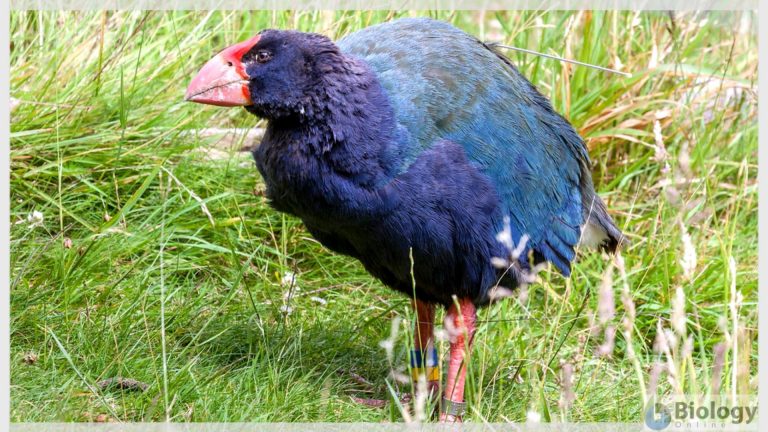
Try to answer the quiz below to check what you have learned so far about Aves.
References
- Admin. (2020, August 12). Class aves-characteristics and classifications. BYJUS. Retrieved September 15, 2021, from https://byjus.com/biology/aves/.
- Admin. (2021, July 30). Aves: Characteristics, classification and examples. Biology Edu Care. Retrieved September 15, 2021, from https://biologyeducare.com/aves/.
- Aves (birds). Animal Diversity Web. (n.d.). Retrieved September 15, 2021, from https://animaldiversity.org/accounts/Aves/.
- Brusatte, S. L., O’Connor, J. K., & Jarvis, E. D. (2015). The origin and diversification of birds. Current Biology, 25(19), R888-R898.
- Encyclopædia Britannica, inc. (n.d.). Bird. Encyclopædia Britannica. Retrieved September 15, 2021, from https://www.britannica.com/animal/bird-animal.
- projects, C. to W. (2021, April 17). Aves. Wikispecies. Retrieved September 15, 2021, from https://species.wikimedia.org/wiki/Aves.
©BiologyOnline.com. Content provided and moderated by Biology Online Editors.
